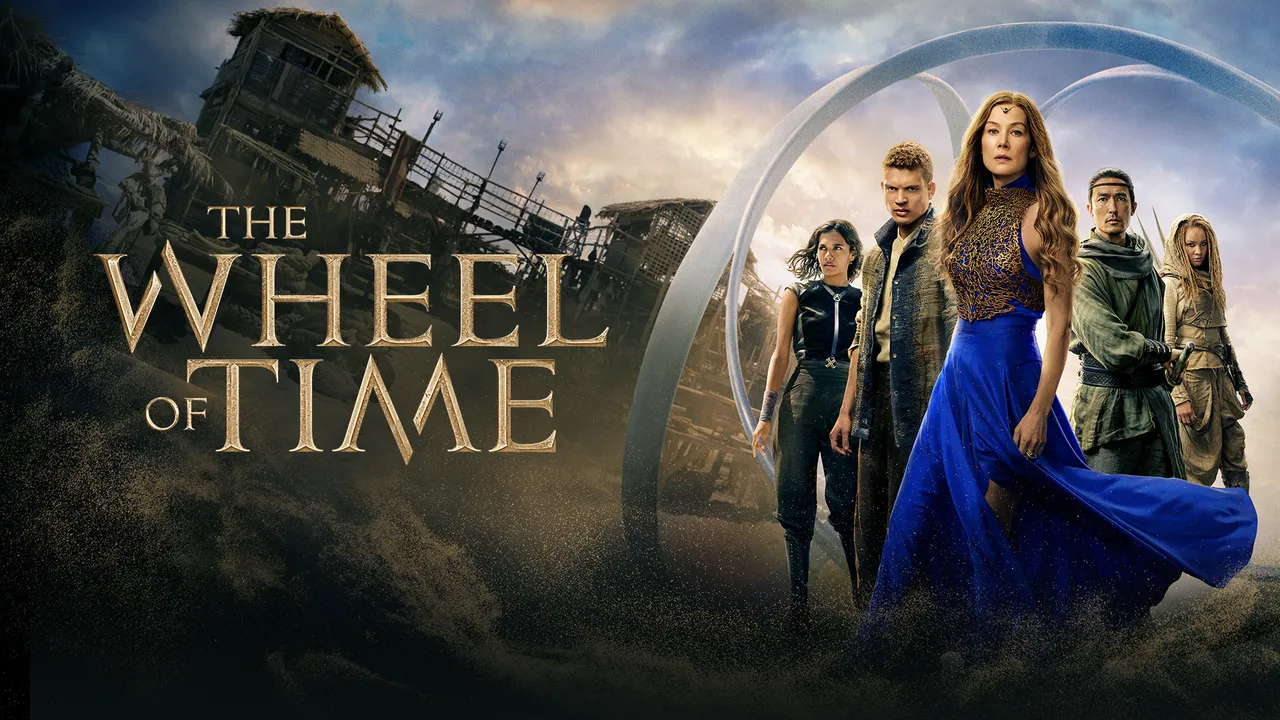A Terrifying Dive into the Depths of Psychological Horror
Don’t Turn Out the Lights (2024), directed by Alexandre Aja, is a masterclass in psychological horror, a genre the director has previously navigated with works like The Hills Have Eyes and High Tension. With this film, Aja explores the fragile line between reality and madness, creating a truly terrifying experience that plays on our deepest fears of isolation, grief, and the unknown.
Plot Overview: A House of Secrets
The story centers around Hannah Miller (played by Florence Pugh), a young woman struggling with the aftermath of a personal tragedy. Seeking peace, she relocates with her family to a remote, crumbling mansion in the hopes of rebuilding their lives. At first, the isolation seems to offer the peace Hannah desperately craves. However, as soon as night falls, strange and disturbing occurrences begin to plague the house—flickering lights, whispers in the dark, and objects shifting in unsettling ways.
Initially, these incidents are dismissed by Hannah’s family as stress-related, a consequence of their recent traumatic loss. But the occurrences escalate, becoming more malevolent and unexplainable. The house seems to be alive—its dark corridors echoing with eerie sounds, its rooms filled with sinister energy. As Hannah becomes increasingly obsessed with the mysteries surrounding the house’s tragic history, she begins to unravel its grim secrets.
The mansion was the site of several gruesome deaths over the centuries, and it seems the spirits of its past inhabitants still haunt its walls. But the true horror lies not in the supernatural beings that roam the house—it lies in the manipulation of reality itself. The line between what is real and what is in her mind starts to blur, and Hannah finds herself trapped in a psychological nightmare. Is the house truly haunted, or is her mind playing cruel tricks on her?
Psychological Horror at Its Most Intense
What makes Don’t Turn Out the Lights stand apart from conventional supernatural horror films is its focus on psychological tension. While the haunted house elements are central to the story, the real horror stems from Hannah’s internal battle. The film brilliantly uses her emotional and psychological breakdown as a vehicle to explore deeper themes of grief, trauma, and self-doubt.
The house serves as a metaphor for Hannah’s mind—a place where the darkness of her past is hidden, but always waiting to resurface. The disturbing phenomena she experiences become more than just physical hauntings; they mirror the turmoil in her own psyche. As the terror inside the house grows, so does her internal fear. What begins as an external threat becomes something much more dangerous: the fear that she is losing herself, that the tragedy in her past has left her so broken that she might not be able to return to reality.
Florence Pugh delivers an exceptional performance as Hannah, capturing both the strength and vulnerability of a woman trying to hold herself together. Her portrayal of a character unraveling under pressure, with a constant fear of losing control, feels deeply authentic. As the tension increases, Pugh’s portrayal becomes more intense and emotionally charged, drawing the audience deeper into her unraveling mind.
A House that Becomes a Character
The mansion is not just a setting; it is an integral part of the story, with its dark, decaying halls and hidden rooms becoming a reflection of the torment inside Hannah’s mind. Cinematographer Maxime Alexandre utilizes the architecture of the mansion to create an atmosphere of claustrophobia and unease. Long, winding hallways and empty rooms are framed in such a way that they appear both cavernous and confining, emphasizing the sense that the house is closing in on its inhabitants.
The use of light and shadow is crucial to the film’s unsettling tone. In many scenes, the light flickers or dims, casting long, ominous shadows across the walls. These visual cues make the mansion feel unpredictable—its appearance shifting from familiar to foreboding at a moment’s notice. The use of darkness is especially potent: it becomes a character in itself, a force that engulfs the house and the characters within. The very act of turning out the lights—something most people do instinctively at night—becomes a source of dread.
The way the house seems to respond to its occupants, with doors creaking open on their own or furniture moving inexplicably, adds to the eerie atmosphere. It’s as if the house is aware of its inhabitants, playing psychological games with them. Every sound, every shift in the air seems deliberate, making it unclear whether the danger is real or just a product of the characters’ paranoia.
The Unseen Enemy: Fear Manifested
In Don’t Turn Out the Lights, the villain is not a traditional monster or ghost. Instead, the true antagonist is an unnamed, invisible force that exists within the house, feeding on fear and isolation. The entity is not immediately visible; it remains an omnipresent threat, lurking just out of sight, heightening the tension by making itself known only through subtle cues—scratches on the walls, whispers in the corners, or flickers of light. Its true nature is ambiguous, existing only as a malicious presence that seems intent on breaking down its victims mentally and emotionally.
The terror this entity brings is not a jump-scare or physical threat—it’s a psychological one. It manipulates the perception of reality, forcing the characters to question their own senses. This creates a sense of helplessness, as the characters, particularly Hannah, are unable to determine whether the horrors they are experiencing are real or products of their own fractured minds. The sense of powerlessness is palpable, making the film not just a supernatural thriller but also a psychological exploration of fear itself.
The Sound Design: Unsettling and Immersive
Sound plays a pivotal role in building the film’s tense atmosphere. The soundtrack, composed by Benjamin Wallfisch, is sparse but effective, using minimalist music and sudden loud bursts of sound to unsettle the audience. The lack of a continuous score keeps viewers on edge, while the silence between moments of tension amplifies the sense that something is always lurking just beyond perception.
The film’s sound design is carefully crafted to make every creak, whisper, and thud feel significant. Subtle noises, like the rustle of fabric or the scratching of something unseen behind the walls, draw viewers further into the narrative. These sound cues are used not just to trigger jump scares but to deepen the psychological disquiet that permeates the story. Every noise could be the result of a supernatural entity—or just a trick of the mind.
Themes of Grief and Redemption
At its heart, Don’t Turn Out the Lights is a story about confronting trauma and finding redemption. Hannah’s struggle is not just with the supernatural force in the house, but with her own mind. She’s haunted by her past, and the house represents the emotional baggage she carries with her. The more she tries to escape the house’s horrors, the more she is forced to confront the darkness within herself.
The film explores whether it is possible to heal from trauma or if the ghosts of the past will always haunt us. Hannah’s journey through the house becomes a metaphor for her emotional journey—facing her fears, accepting her grief, and ultimately seeking a way to let go of the past. The horror that unfolds in the house is a reflection of her internal battle, and by the end of the film, the audience is left to ponder whether true redemption is even possible, or if the darkness we face is an inescapable part of who we are.
Conclusion: A Terrifying and Thought-Provoking Experience
Don’t Turn Out the Lights (2024) is a haunting exploration of fear, grief, and the fragility of the human mind. Alexandre Aja’s direction, paired with Florence Pugh’s compelling performance, creates an immersive and terrifying experience. The film’s slow-burn tension, atmospheric setting, and psychological depth set it apart from other horror films, offering both chills and emotional complexity. As the house’s twisted secrets unfold, so too do the layers of the characters’ deepest fears. The resulting journey is one that will stay with audiences long after the lights go out.


-1753523310-q80.webp)
